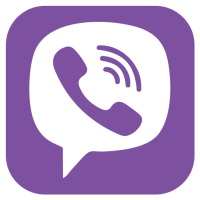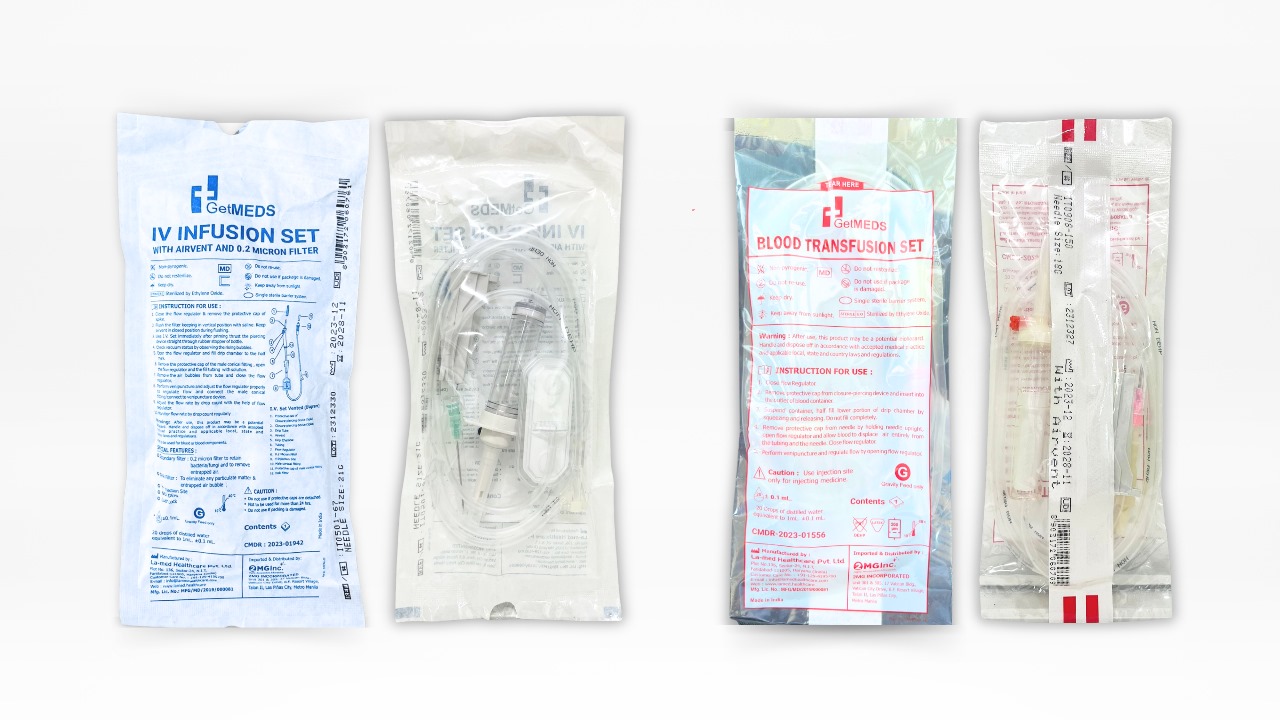Adult ladies of every age group are motivated to know How to do a Self-Breast Exam and perform the same for at least once in a month. According to the Johns Hopkins Medical Center, 40% of diagnosed breast cancers get detected by ladies who feel the lump, so doing a daily breast self-exam is quite relevant. Daily examining the breasts on your own, or breast self-examination, can be a significant way of finding breast cancer early when there is a high probability of it being successfully treated. Yes, no single test can identify every breast cancer early, however, it is believed that doing breast self-examination in blend with other screening tactics can enhance early detection odds.
Breast self-examination is the no-cost, convenient tool to check for breast lumps which you can utilize daily as well as at any age. It is recommended that every woman routinely performs breast self-examinations as part of their breast cancer screening plan.
Table of Contents
How to prepare
To get ready for the breast self-examination for breast awareness –
- In case you menstruate, opt for the time in your cycle when the breasts are the least tender – The levels of hormone fluctuate every month during the menstrual cycle and it causes changes in the breast tissue. The swelling starts to reduce while the period begins. The most suitable time to do the self-examination for breast awareness is often 1 week after the period ends.
- Ask your doctor for a demo – Before you start Breast self-exam for breast awareness, you might find it useful to discuss the technique and instructions with the doctor.
Read Also: Check out These Successful Home Remedies for Cystic Breast Tissue
5 steps for the breast self-examination
Step 1: Start by having a look at the breasts in your mirror with straight shoulders as well as arms on the hips.
You should look for –
- Breasts which are evenly shaped without visible swelling or distortion
- Breasts which are their normal shape, colour, and size
In case you witness any of the below-mentioned changes, bring these issues to the attention of your doctor –
- The nipple which has changed its position or the inverted nipple (pushed inward rather than sticking out)
- Puckering, bulging, or dimpling of your skin
- Soreness, Redness, Swelling, or Rash
Step 2: Raise your arms as well as look for similar changes.
Step 3: Make sure that you know How to Do a Self Breast Exam Correctly as when you are in the front of your mirror, look for the signs of any fluid coming out of 1 or both nipples (this can be a milky, yellow, or watery fluid or blood).
Step 4: Afterward, feel the breasts while lying down, using the right hand for feeling the left breast as well as then the left hand for feeling the right breast. Use a smooth, firm touch with the first few finger pads of the hand while keeping your fingers together and flat. Utilize the circular motion, about a quarter size. Cover your entire breast from side-to-side, top-to-bottom, from the collarbone to your abdomen’s top, as well as from the armpit to cleavage.
Follow the pattern for making sure that you cover your entire breast. You can start at your nipple, moving in larger-and-larger circles till you reach the breast’s outer edge. Also, you can move the fingers vertically up-and-down, in rows, as if one was mowing the lawn. The up-&-down tactic appears to work best for the majority of women. Make sure to feel every tissue from your breasts’ front to the back, for your tissue and skin just beneath, apply light pressure. Make sure that before following Steps to Breast Self-Examination, you have undergone a complete consultation from your doctor.
Use medium pressure for the tissue in the middle of the breasts as well as apply firm pressure for deep tissue on your back. When you have reached your deep tissue, you must be capable of feeling down to the ribcage.
Step 5: Ultimately, feel the breasts while sitting or standing. Several ladies find that the simplest way for feeling their breasts is when the skin is slippery and wet, and that is why they like to perform this step while showering. Cover the whole breast, utilizing the similar hand movements defined in the previous step.
Have complaints of breast skin changes, pain, lumps, or nipple discharge? This might be the right indication of breast self-examination. Furthermore, always remember that the most suitable time for doing the monthly self-breast examination is approximately 3-5 days after the period begins. Perform it at the same time every month as the breasts are not as lumpy or tender at this time in the monthly cycle. In case you have undergone menopause, do the exam on a similar day every month. In case you find any lump or notice the unusual changes, don’t panic as nearly 80% of the lumps found are non-cancerous. Make sure to see the doctor for further evaluation.
Furthermore, setting the monthly reminder on the phone for the self-breast examination can be your useful tool as well. A lot of women evaluate their breasts more frequently than once in a month, however doing so can be just like watching the small kid grow, if you view them regularly, you will be less likely to observe the growth as compared to if you view them less frequently. In case you check the breasts too frequently, you might miss fine changes. Not only you should know How to do a Self-Breast Exam, but you must also consult the physician for the clinical breast examination at least every 3 years beginning at age 20, as well as annually after the age of 40.

 Login/Register
Login/Register
_optimized-777x437.png)










Be the first to comment on "Do The Self-Breast Exam And Increase Your Odds Of Early Treatment"